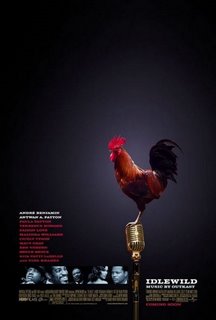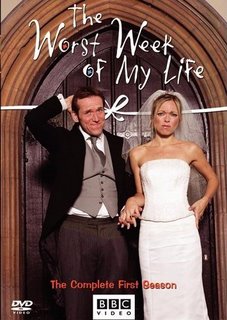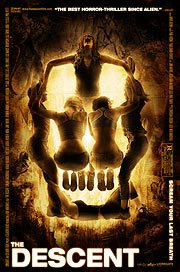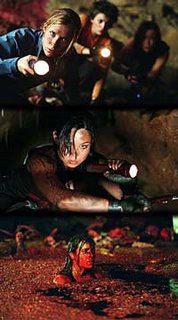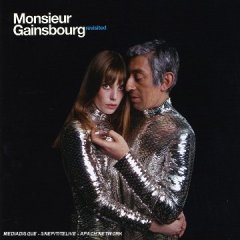Lonesome Jim
 What do you get when you pair Ben Affleck’s younger brother with quirky actor-cum-director Steve Buscemi? Unfortunately, not much.
What do you get when you pair Ben Affleck’s younger brother with quirky actor-cum-director Steve Buscemi? Unfortunately, not much. Lonesome Jim tracks the life of a not-very-loveable loser (Casey Affleck) as he returns to his parents and their small town after striking out in the big bad city of New York. He’s in his late 20s and has no prospects for a career, romance, or home of his own, so he’s resigned hope and crawled into the safe confines of his parents’ home. The only small solace he finds there is his even more hapless older brother who is already in his 30s, divorced with sole custody of two kids, and barely making more than minimum wage.
Jim fancies himself to be a writer, although there’s no evidence of any actual output aside from his morbid fascination with famous authors who committed suicide. He spends his days moping around the house pitying himself until his parents line up a job for him at their company, further proving his inadequacy to make his way on his own. The only bright spot in his mundane existence is a cute local nurse (Liv Tyler) who takes a fancy to him.
Tyler is having a strange career lately as an Affleck love interest, moving directly from Ben’s small-town salvation in Jersey Girl to Casey’s small-town salvation here. As expected, she’s not particularly effective aside from providing some attractive scenery in an otherwise unappealing cast.
The film was shot entirely on digital, and it shows, with notable graininess throughout and an extremely low-budget feel. That’s not a problem if the material is strong, in fact it could enhance the realism of certain projects, but here it just comes off as an unfortunate cost-cutting measure.
The biggest fault of this film is its total pointlessness. Jim is such a self-absorbed loser that the audience can’t build up any empathy for him, so the final payoff or lack thereof is entirely inconsequential. Sure, his story is probably close to reality for many adults still living in their parents’ basements, but there’s no spark to the film’s situations that imparts any wisdom, humor, or emotional response.
It seems like lines are inserted in the script to elicit occasional laughter, but Affleck’s listless delivery and Buscemi’s confusing direction waste all opportunities and leave viewers wondering if they were just imagining that there was supposed to be some humor. I didn’t realize they were consciously trying to be funny until I noticed the description on the DVD cover, “a comedy from Steve Buscemi”. It’s a shame because the material seems to be a good fit for Buscemi’s sensibilities, particularly his apparent fondness for the foibles of the common man. He has proven to be a worthwhile director in the past with Trees Lounge and occasional work on The Sopranos, but here he falls flat.
In spite of its inadequacies, I didn’t entirely dislike film. Even though it’s completely unmemorable, it’s not an unpleasant way to spend some movie time. That lack of emotional response works both ways: viewers won't find anything too disagreeable or too exciting, leaving them with a bland, middle-of-the-road film. Better luck next time, Buscemi.




